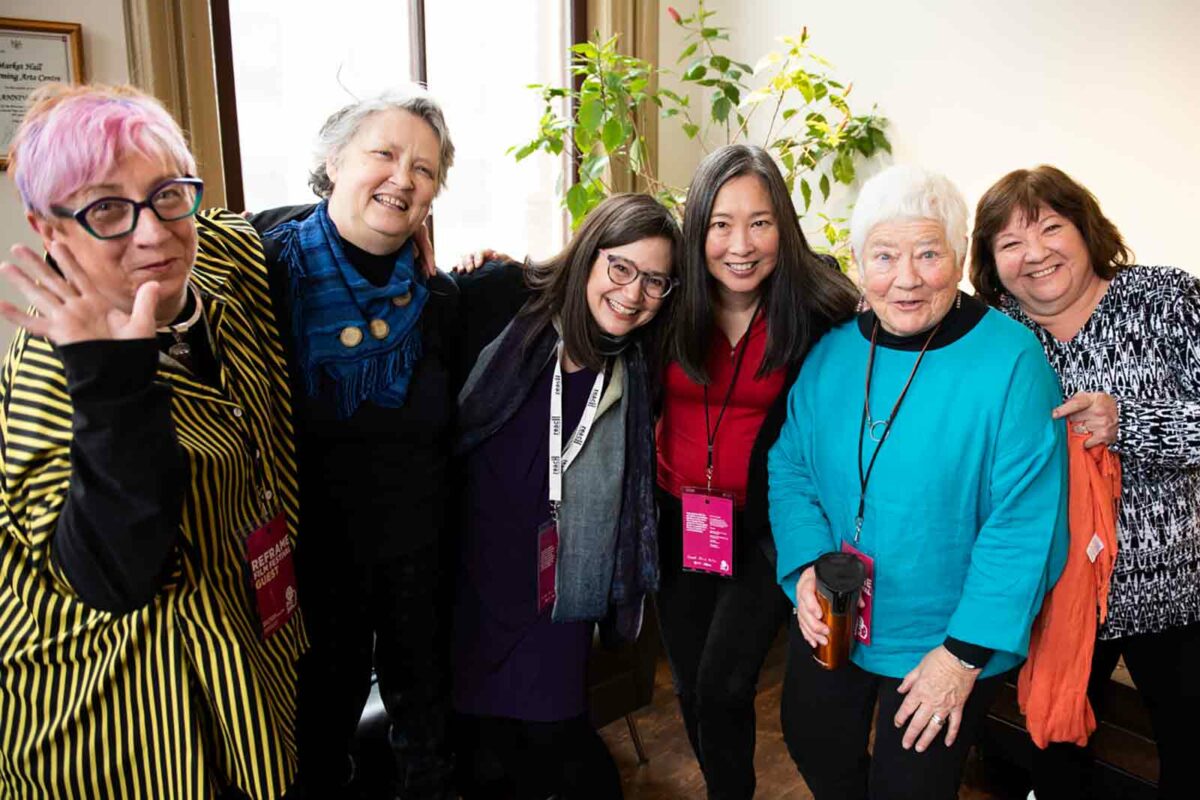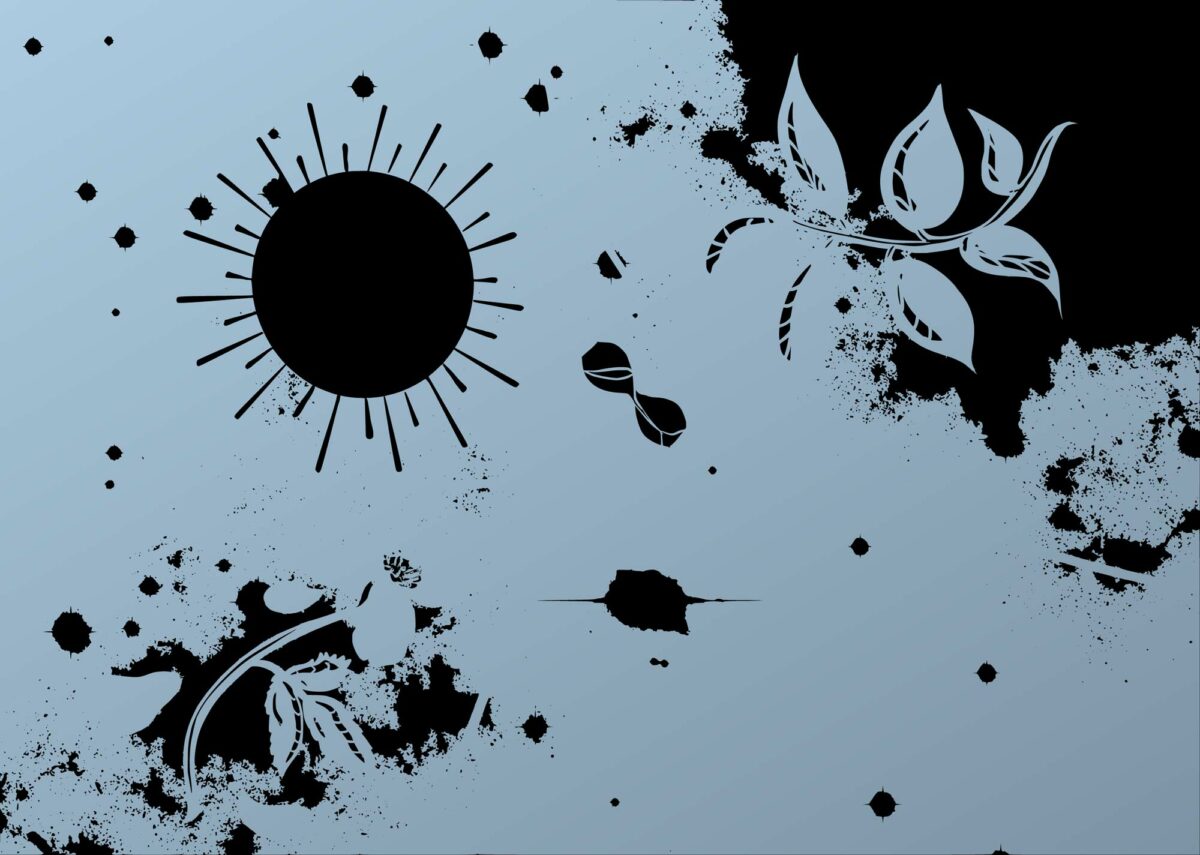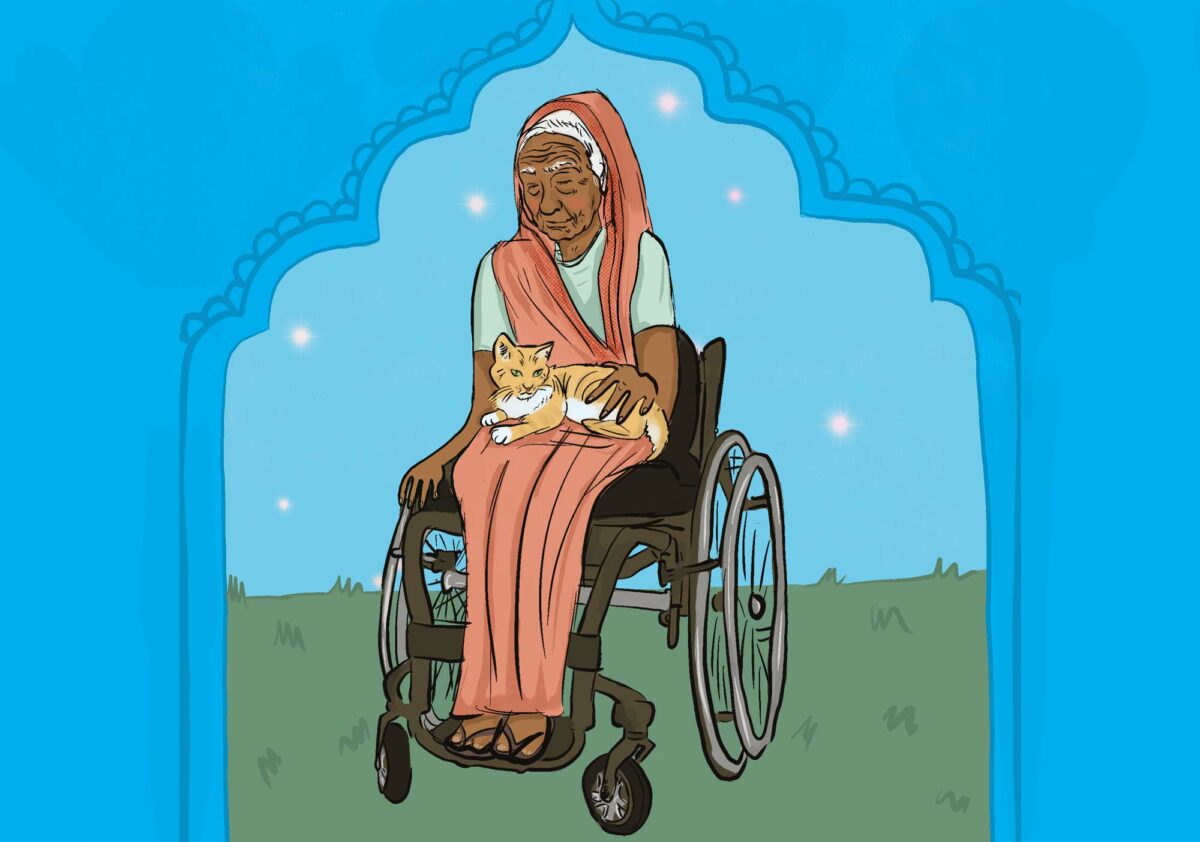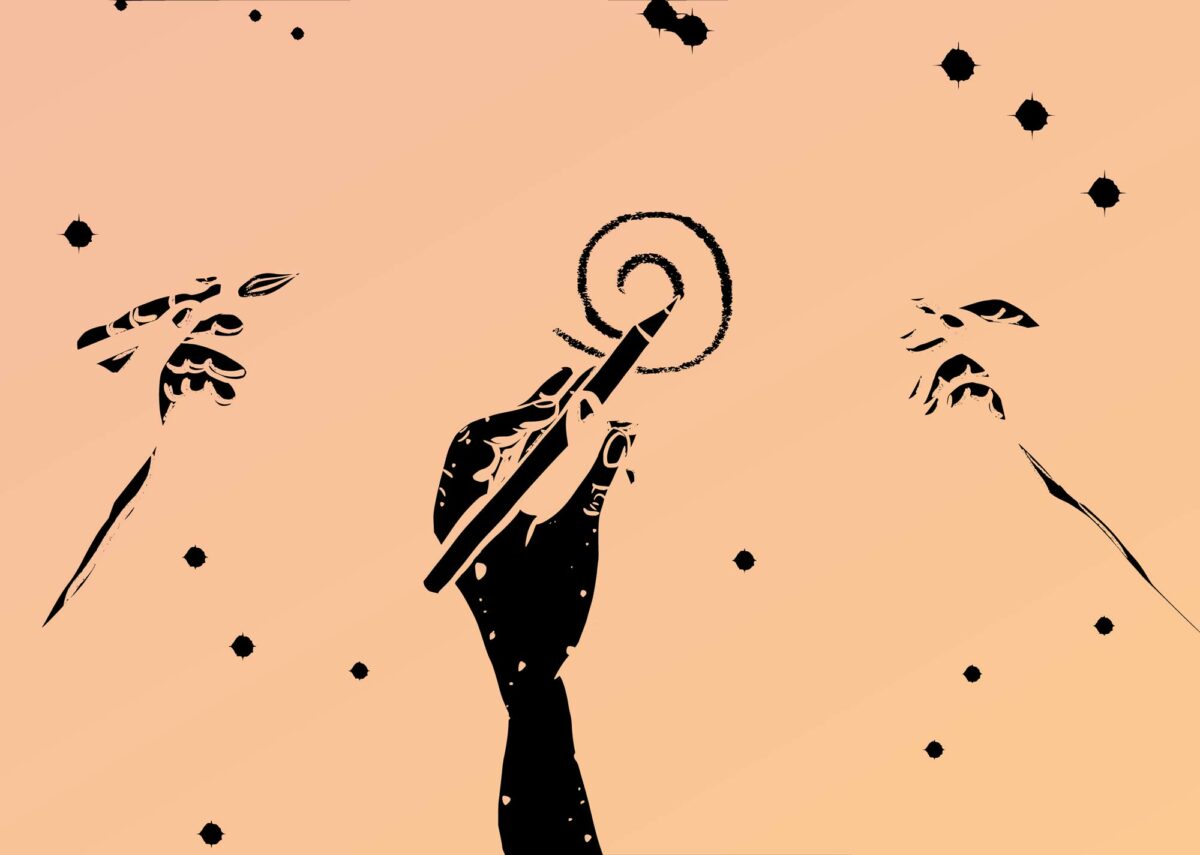Learning Objectives
- To become familiar with the basics of the Re•Vision Digital Storytelling Method.
- To read about the Two Row Wampum principles and learn how they shaped our methods.
- To understand how participants in the Aging Vitalities digital storytelling workshop built community and created stories of resistance and possibility.
Aging Vitalities Digital Storytelling Workshop
Aging Vitalities was a Bodies in Translation-associated research project exploring diverse experiences of aging with difference.
In 2019, the project held a three-day digital storytelling workshop in Peterborough/Nogojiwanong, Ontario, Canada. In the workshop, participants age 55+ crated short multimedia videos to share their vibrant, but as yet unheard, stories.
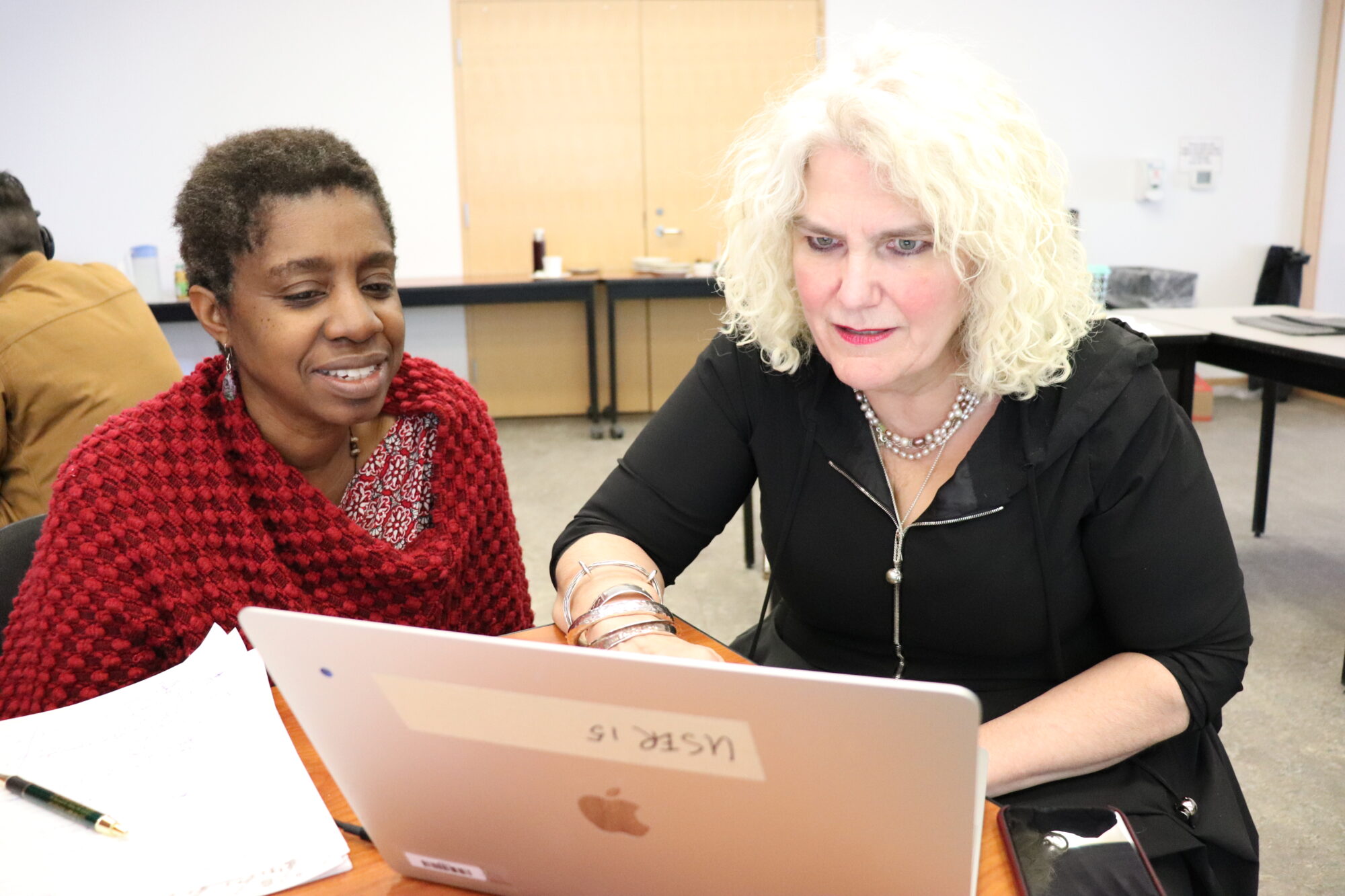
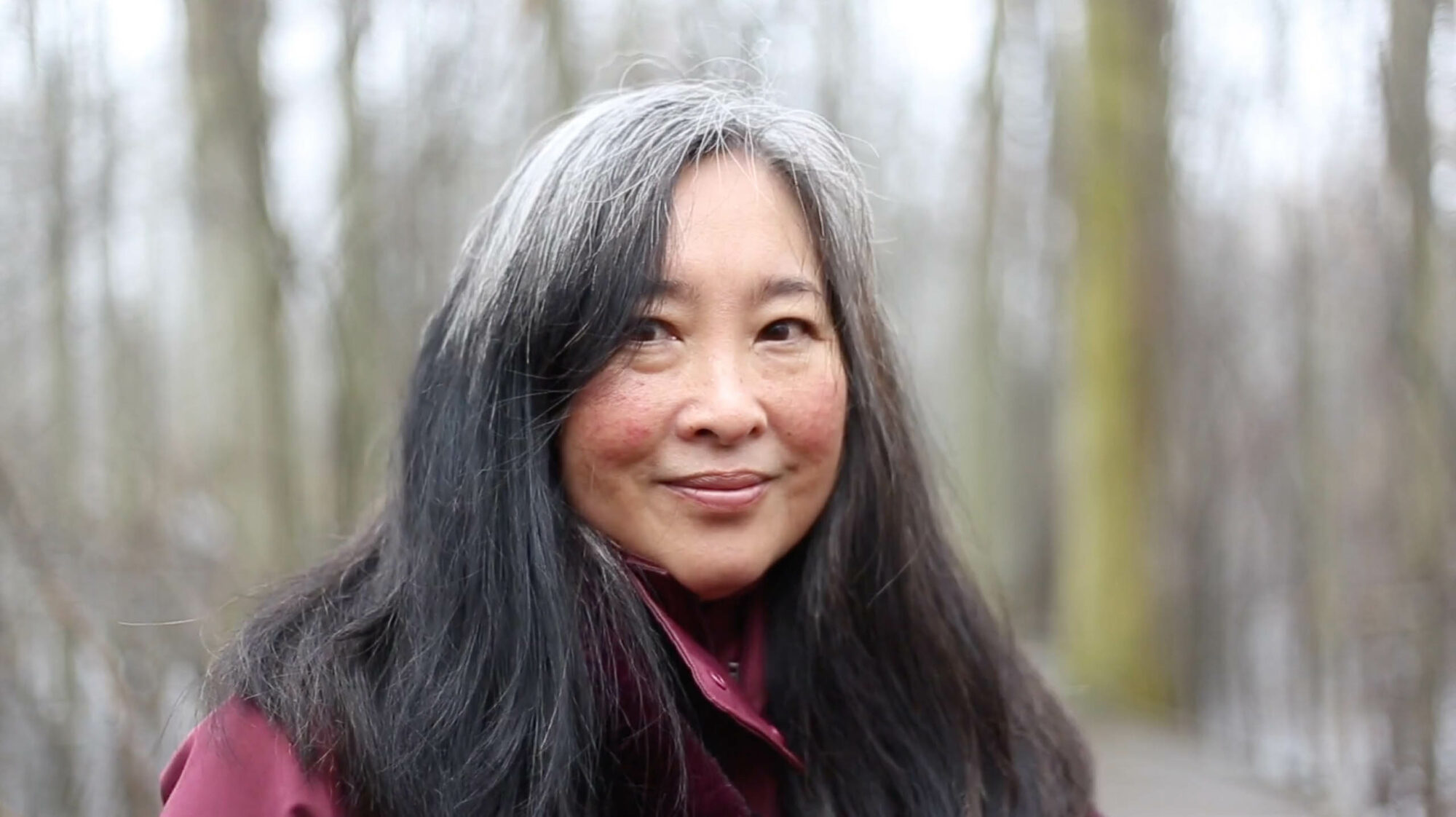
Interview with Nadine Changfoot, Aging Vitalities Researcher
… marginalized older persons have stories to tell and there are audiences who want to see/hear these stories, but there is a gap between the two and the two need to be connected.
Nadine Changfoot
Professor of Political Studies, Trent University
Executive Committee member of the Trent Centre for Aging & Society
Senior Research Associate with Re•Vision: The Centre for Art and Social Justice
Our Methods
The Re•Vision Digital Storytelling Method was adopted, and specifically developed so that Indigenous e/Elders and settler older adults could direct their short multimedia documentaries during a three full-day workshop. With the support of Re•Vision’s artist facilitation team, these older adults were brought into narrative creation, photography, video, sound and audio recording in storymaking.
Research-artists committed to Two Row Wampum principles and partnered with Anishnaabekwewag e/Elders from Curve Lake and Saugeen who each directed their own story. Research-artists also committed to access, meeting with each storyteller prior to the workshop to ask after access needs for full participation and discuss story development. An Anishnaabe caterer provided nourishing food during the workshop.
For more information on Re•Vision’s method for this research, please read the “Method” section (pp. 10–14) in the paper Revisioning aging: Indigenous, crip and queer renderings (Changfoot et al., 2022).
Our digital storytelling method facilitates the telling of our stories in artistic ways which allow for new possibilities of making aging and/or growing old visible, intelligible and desirable. The stories from Aging Vitalities have informed and inspired the following revisionings of aging:
Reflection Questions
- What do the authors mean when they write that the ReVision Digital Storytelling Method allows storytellers to “talk back to received representations” (p. 11). Why is it important to challenge dominant discourses of aging?
- How did the Aging Vitalities researchers and participants work together to create access and decolonize the workshop space?
A group of six participants at the Aging Vitalities film festival screening pose for a photo, smiling with their arms around each other’s shoulders. Four of them wear pink festival passes on lanyards around their necks.





